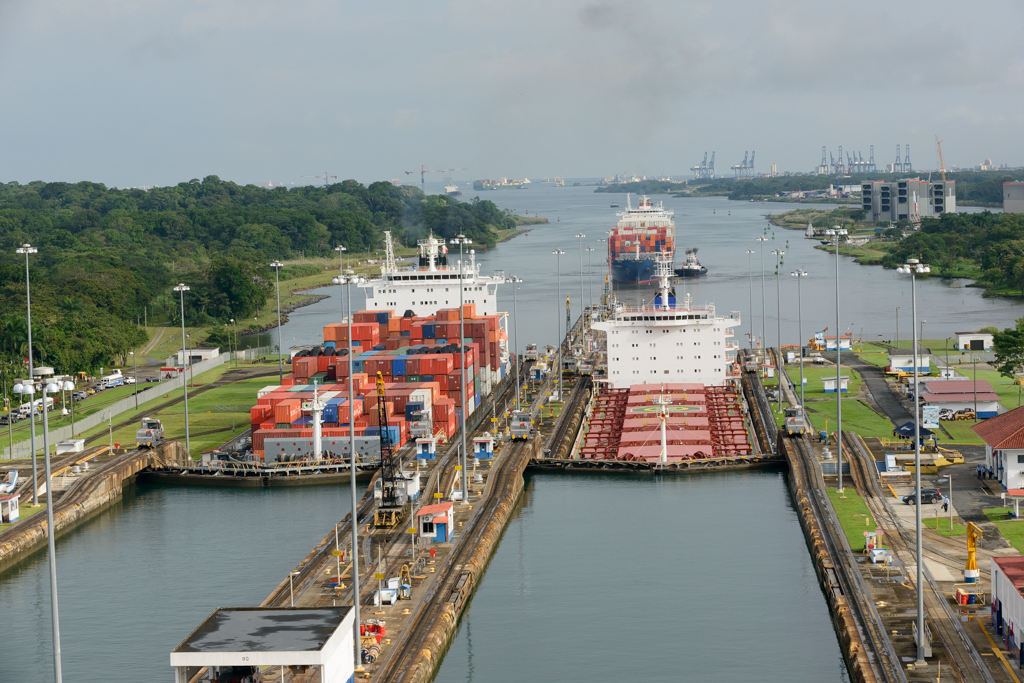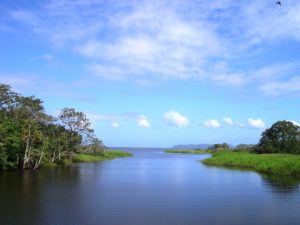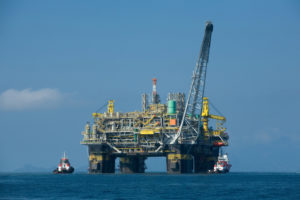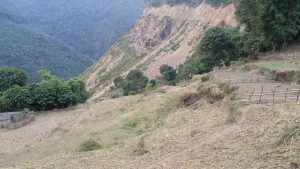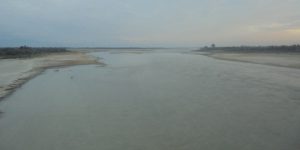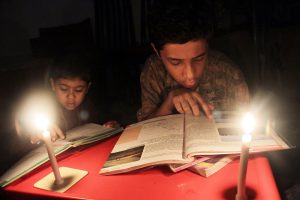The establishment of diplomatic relations between Panama and the China on June 12 is of crucial importance for the Central American country but also for the entire Latin America and Caribbean (LAC) region because of the Panama Canal and China’s Silk Road Initiative.
Just five months after establishing of diplomatic ties, Panama and China signed 19 bilateral cooperation agreements. According to a summary of the agreements published by Panama’s Ministry of Foreign Affairs, China Development Bank will open new headquarters in Panama. The two new partners will also establish a new mechanism for cooperating on and financing projects and will initiate a feasibility study for signing a free trade agreement. Chinese financing is also expected in the areas of hydroelectricity, energy, transport infrastructure and the agricultural sector.
These agreements reflect an ambitious bilateral cooperation package, but one particular aspect marks a new milestone in the relationship with China, not only for Panama, but for LAC: the memorandum of understanding (MoU) on cooperation within the framework of the Silk Road Economic Belt and the 21st Century Maritime Silk Road Initiative, also known as One Belt, One Road (OBOR).
China launched OBOR in 2013. It is the most ambitious cross-border inter-connectivity plan in the history of humanity and includes more than 70 countries in Asia, South-Central Europe, the Middle East and North Africa. It will cost in the region of US$1 trillion. Although it is not the first time that a Latin American country appears in an official statement on OBOR, it is the first time China has signed a specific agreement to incorporate a Latin American country into this initiative.
The MoU notes: “Panama adheres to the Chinese Silk Road Initiative, enhancing its role as ‘the great connection’ with the Panama Canal” and adds; “Panama’s accession to the Belt and Road initiative is aligned with the role that the country plays both in the region and the world… further strengthening world maritime trade”.
In addition to the Canal, other works will be promoted through the agreements to facilitate the circulation, maintenance and supply of large and modern shipping vessels. A railroad connecting the Pacific and Atlantic Oceans with special economic zones will be built. Interestingly, also on 12 June, the China Landbridge Group (one of the larger Chinese private companies) began construction of the Panama-Colón Container Megaport that will have docks for Super Post-Panamax ships (super tankers that do not fit the original locks). The incorporation of Panama into OBOR bids farewell to the Nicaragua Canal and raises at least three key issues for Panamanians and Latin Americans.
Firstly, it must be remembered that more than 70% of Latin American exports to China consist of only four products: soy, oil, iron ore and copper. Therefore, the commercial relationship with China has led several countries in the region to the ‘reprimarisation‘ of exports, while LAC countries continue to be heavy importers of Chinese manufactured products. LAC will need to think about which products it wishes to use to fill the Super Post-Panamax vessels bound for China and other commercial destinations and how to achieve it. Hopefully, this will include less raw materials and more value-added products.
Secondly, LAC countries will need to evaluate their indebtedness to China. Panama only has to look at the examples of neighbours Venezuela and Ecuador, which are hugely indebted to China – in large part, to cover the costs of massive infrastructure works built by Chinese companies – and are now desperately seeking to renegotiate loans with China they cannot repay.
Thirdly, and perhaps most importantly, Panama and LAC must define their priorities and the social and environmental limits in financing and trade with China and with the world. LAC knows that oil, gas, minerals, forests and water are finite products and that neither their ecosystems nor local communities would benefit from an unplanned integration into OBOR, or a new wave of irresponsible voracious consumption.
